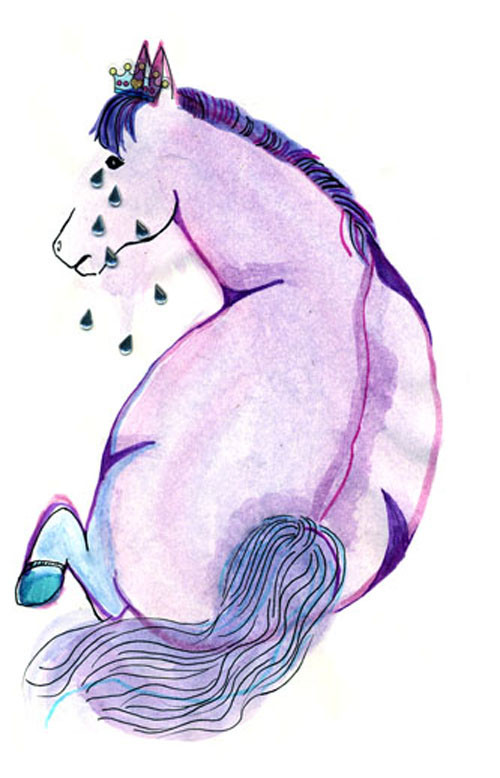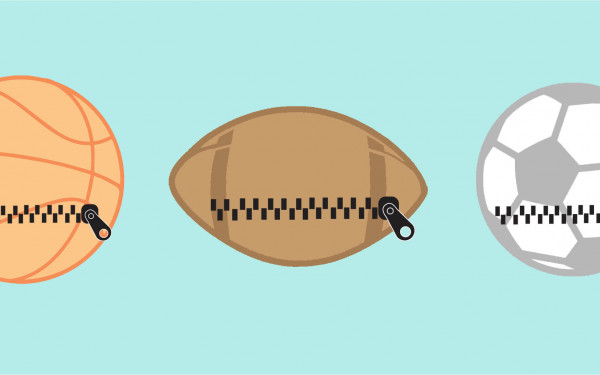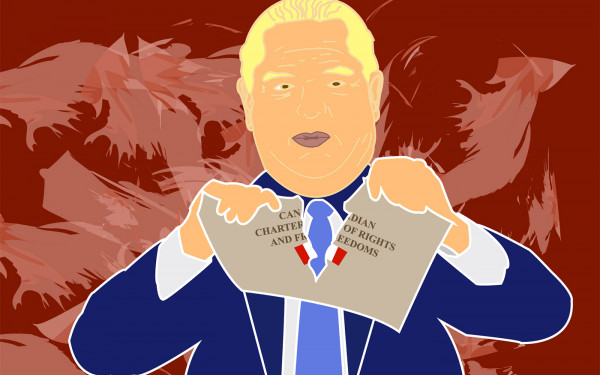Put Out to Pasture
As the publishing industry grew increasingly unstable for major print magazines over the last decade, a trend began to take root: while some top-level publications faltered, smaller niche magazines thrived.
As readers gradually turn more and more to the Internet for their news, niche magazines continue to do well by serving specific—and often times very loyal—readers looking for news on topics that aren’t a mouse click away.
But what happens when that audience unexpectedly suffers a major financial blow?
That’s what Canada’s oldest magazine, The Canadian Sportsman, learned last year. The monthly trade publication printed its final issue in December after a 143-year run.
Founded in 1870, the newsletter-turned-magazine covered the Canadian harness racing industry, finding its way to racetracks, training centres, places where horses are sold and subscribers’ homes.
Many of those homes were hit hard in 2012 when the Ontario Liberal government controversially axed the Slots at Racetracks Program.
“I didn’t know how long it would take, but I knew we would be a casualty of the decision,” publisher and editor Dave Briggs told The Link over the phone from the Sportsman office in Straffordville, Ontario.
“We were already facing challenges as a magazine; we just couldn’t absorb a hit like that,” he said.
Inaugurated in 1998, the SARP was a partnership between the Ontario government and the horse racing industry to help sustain the latter by introducing slot machines in certain racetracks.
Revenues from the slots were divided between the province, which received 75 per cent, and the municipality where the track was located, which got five per cent. The remaining revenue was divvied up between the host track and race winners.
“The program was tremendously successful for all partners,” said Briggs.
As a result of the cancellation, an estimated 9,000 jobs have been lost in Ontario’s horseracing sector.
Its abrupt ending hit breeders the hardest, the same people the Sportsman relied on as readers and, more importantly, as advertisers.
“When the market you serve suffers a 50 per cent contraction, any magazine, regardless of the topic, is going to take a major hit,” said Briggs, who had been with the Sportsman since 1995 and had overseen many of the changes it underwent to try to stay afloat in the ever-changing publishing world.
When he started with the Sportsman, it was more akin to a newspaper than a magazine, with copy still bracing the front page and a focus largely centered on news items.
Knowing most of the information it was offering could now be found online, the magazine eventually stepped away from delivering the news and focused on longer features instead.
“With the onset of the Internet, the decision was made to no longer be news-based but to be more features-based, a real magazine,” said president Gary Foerster, hours before the last issue went to print.
Copy was removed from the cover, its size was shrunk down to save money and the emphasis was moved to photography and what Briggs called “longform articles that couldn’t be found elsewhere.”
The decision was made to start offering the Sportsman online as well, but its demographics, consisting mostly of older subscribers from rural areas, never took to the idea.
Ultimately, all the changes did was briefly put off the inevitable; the blow the horse industry suffered was too severe, and the Sportsman was no longer seen as economically viable.
“It’s a combination of all these factors, but the slots program certainly expedited the closing,” said Foerster.
The magazine lost about half its subscribers following the cancelling of the SARP according to Foerster.
The final, 100-page issue was a mix of features and letters sent in by frequent contributors and many readers after news spread of the magazine’s closing.
“When a magazine is that old, it’s been a part of families for different generations. For a lot of people, it was a little part of their lives,” said Foerster.
“I’m proud of the work we put out until the very end,” said Briggs.
“But the last two or three weeks have been tough, like writing our own obituary,” he added.
On Oct. 11 of last year, Ontario Premier Kathleen Wynne made her way to the Grand River Raceway in Elora, Ont., to announce a restructuring plan to be put in place that would help support the breeders and racetracks that the now defunct slots program had once carried.
A total of $400 million was pledged to the horse racing industry over the next five years, representing an influx of $80 million each year.
Through the slots program, the industry had been making nearly $345 million yearly.
“The thing is,” said Briggs, “the slots are by and large still in the racetracks. It’s just that the horse people aren’t getting any of the money anymore.”
When asked about the recent government announcements, and whether or not they could influence a rebirth of the Sportsman in the future, Foerster was clear with his answer.
“At this point, there are still so many unanswered questions,” he said.
“We made the decision to bring the Sportsman to an end, and right now I cannot see a time when it would be viable to run it again,” he said.
The Sportsman closed with a subscription hovering around 5,000.


_600_832_s.png)




